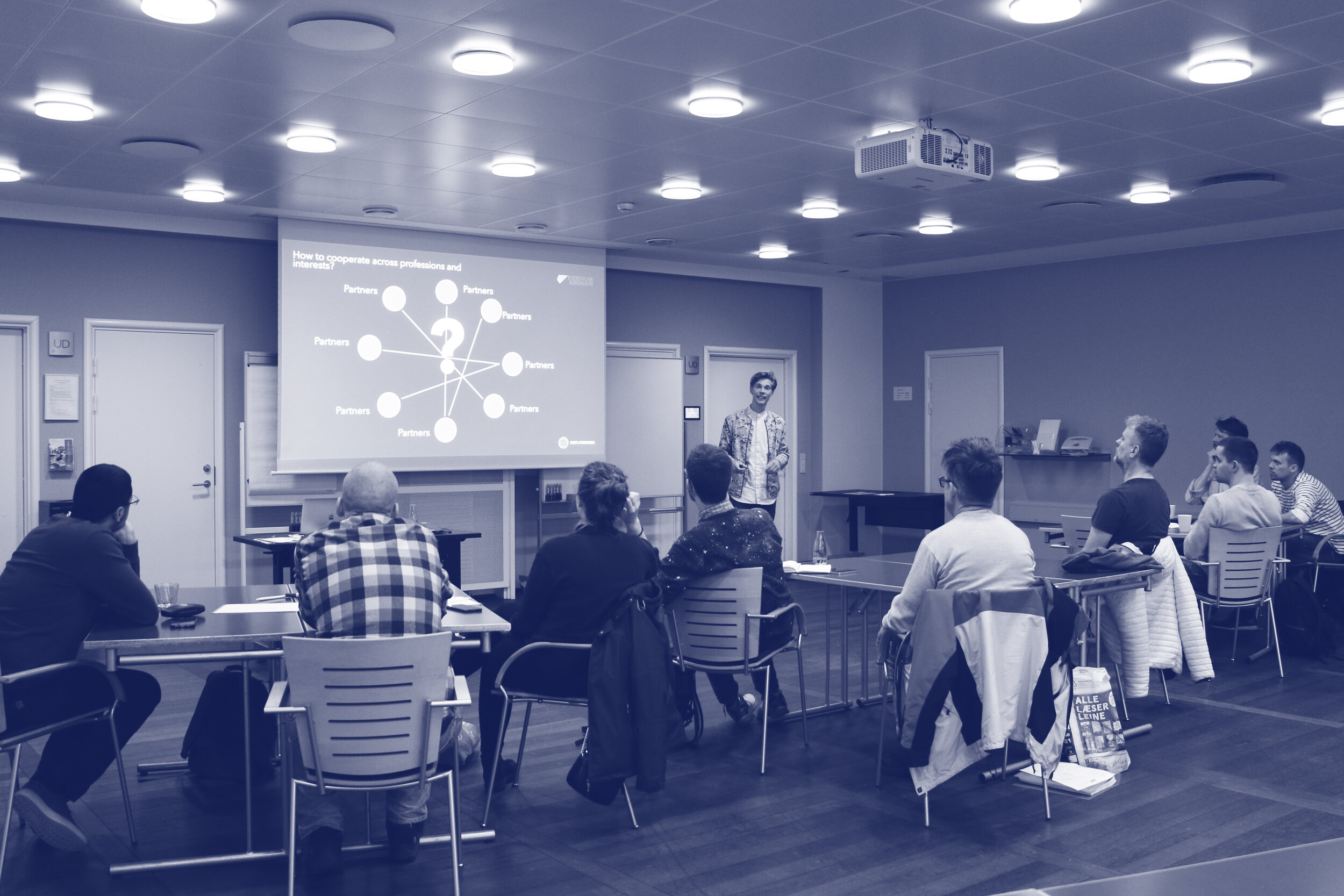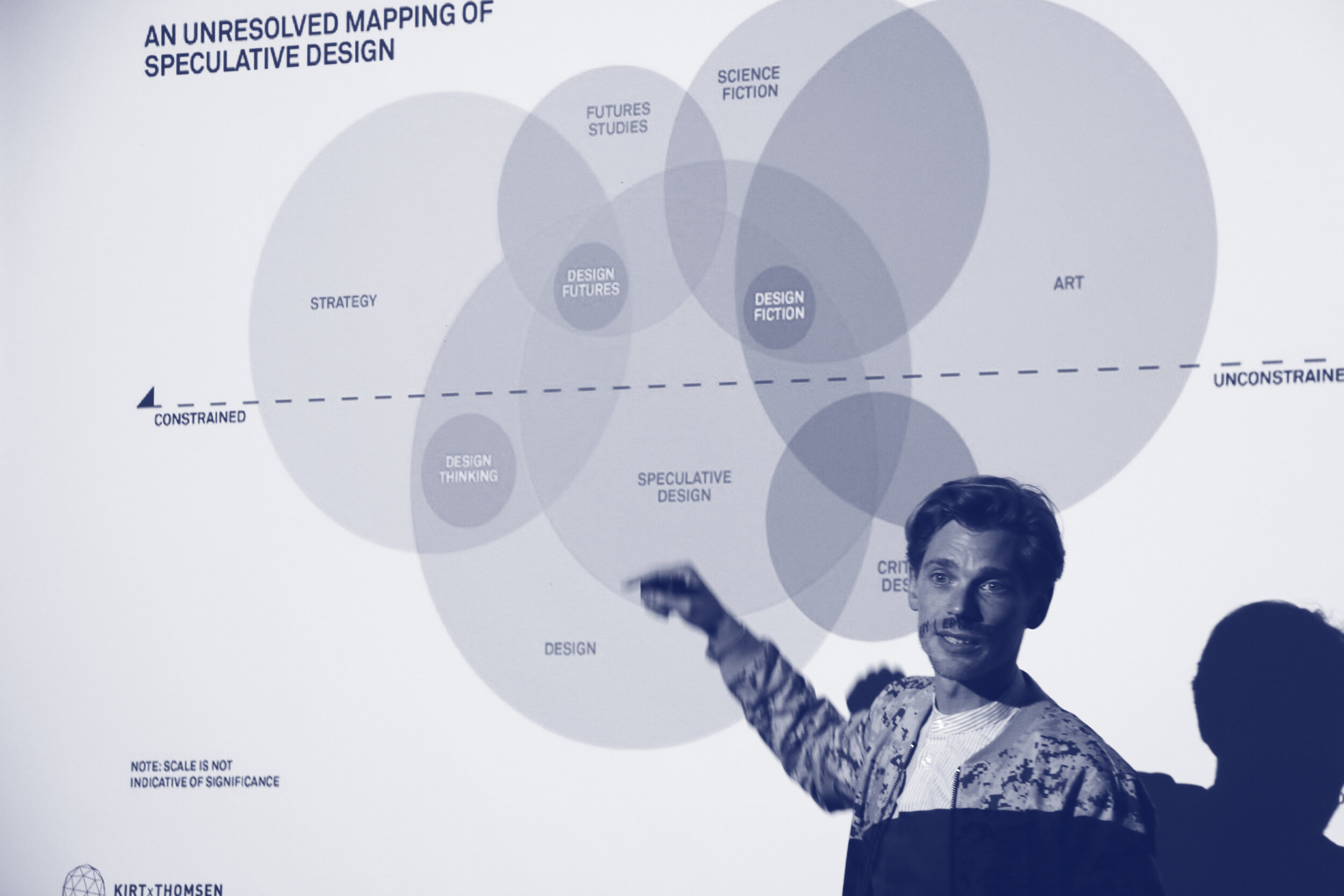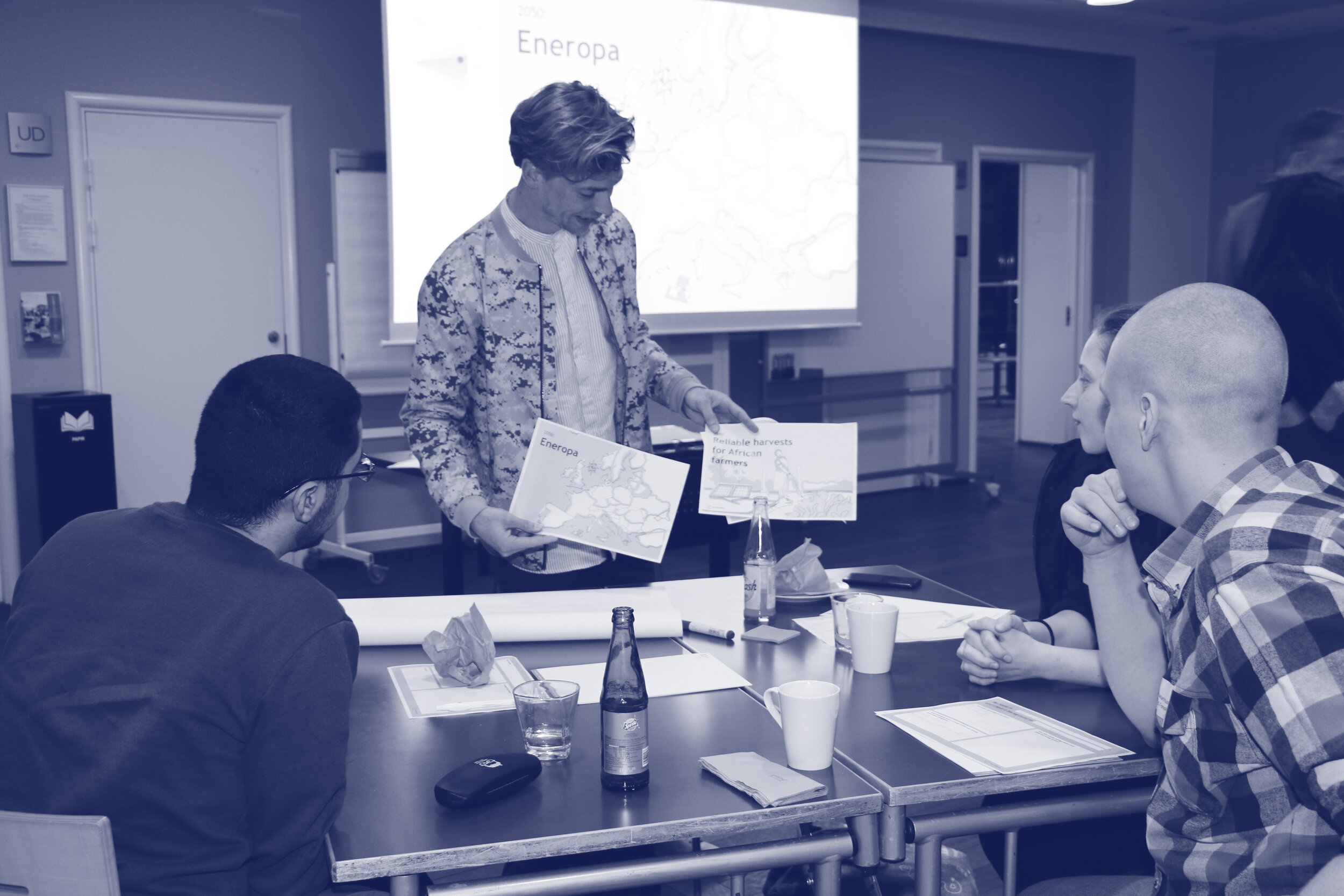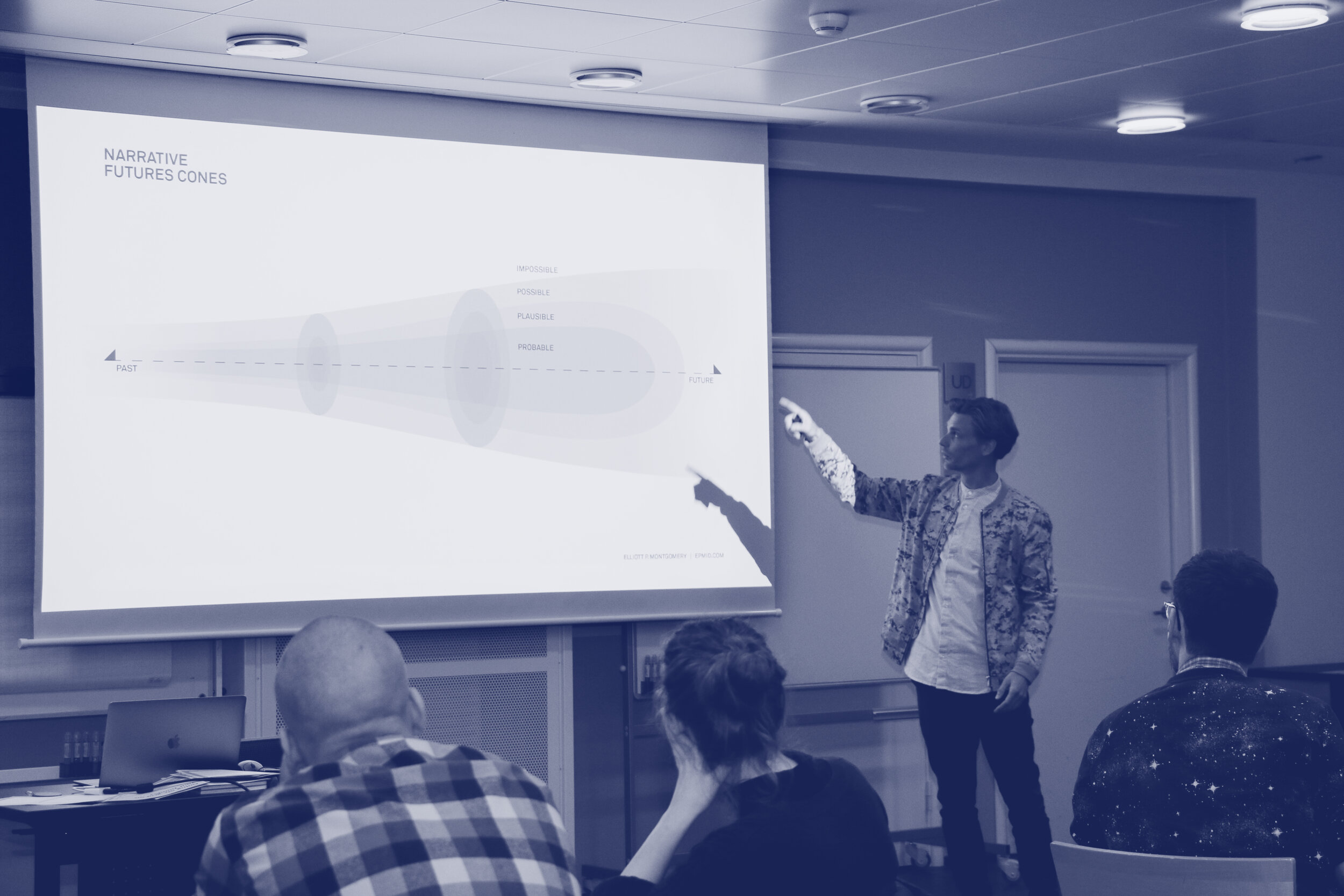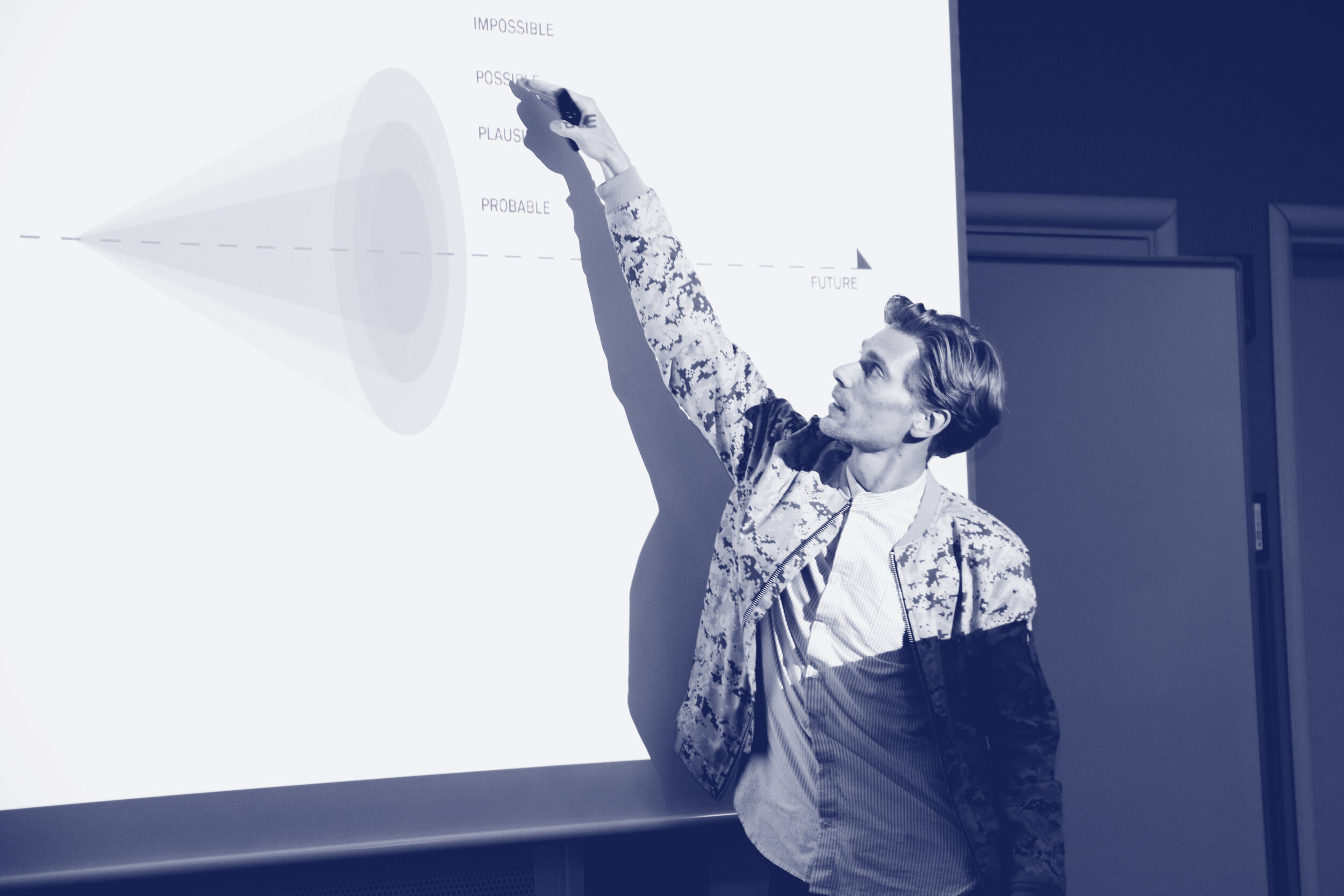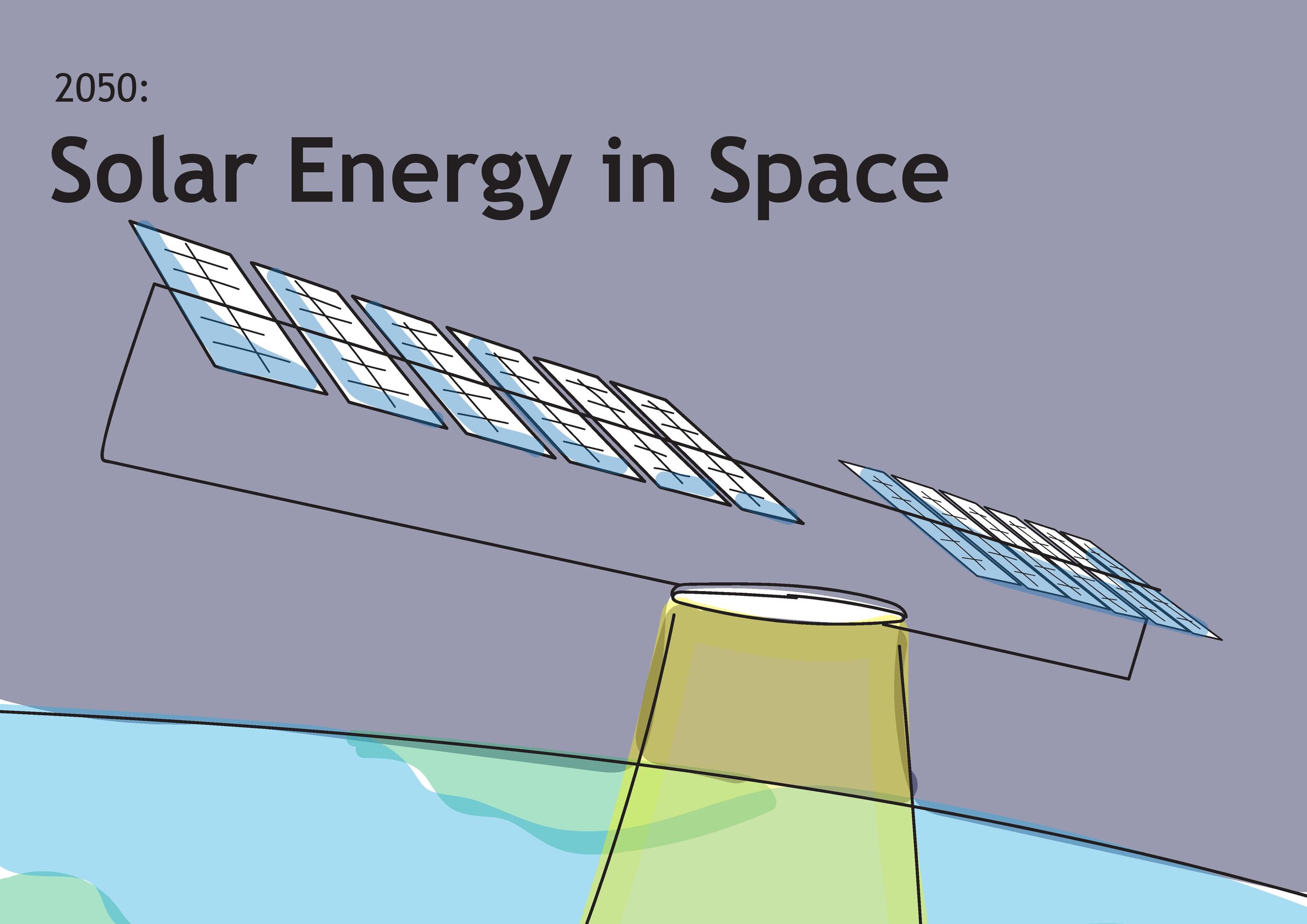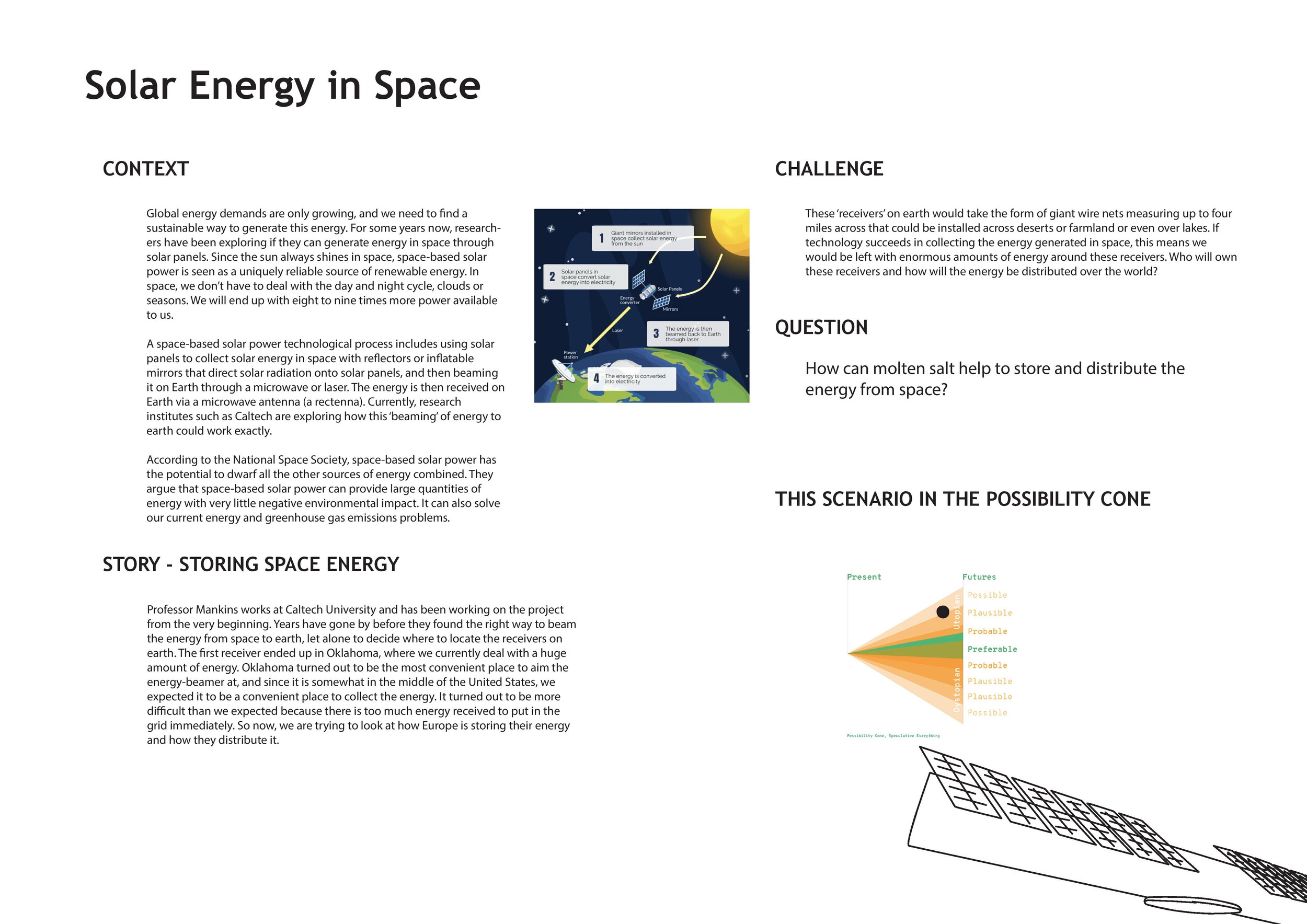Creating better innovations with design fiction
Together with members from Danish Society of Engineers we were experiencing how fictional scenarios can help sustainable energy innovations find their ways into the market.
Challenge
Just before the future was canceled, Tina Ryoon Andersen, a Program Developer from The Danish Society of Engineers had visited our studio to learn how we work with design. She had a dream to run a public workshop series that unveils design’s role in achieving UN’s Sustainable Development Goals.
We introduced her to KNARR™ cargo airship — a solution for sustainable wind turbine logistics, and demonstrated how various design tools can bring unrealistic concepts into reality. We also deep-dived into our new ongoing Energy Storage in Molten Salt project (MOSS) led by courageous Seaborg Technologies, where we applied a fictional matrix tool to crystallize business applications within the energy system as a whole.
Since the MOSS project is at a very early stage, yet its idea is breakthrough, we collectively agreed that it is a good case for the workshop to speculate radically into the far futures.
Deliverables
Scenarios are an important tool that has a long history. It is often used in military, corporations or governments with an intent to provide a pathway into the future. Usually, a priority for those scenarios are analytical techniques, however — at the cost of storytelling and imagination.
Thus, we crafted the workshop so that it gives the audience a space to experience the novel approach and benefits of scenarios building in a way that is first and foremost intended to provoke, trigger the imagination, go beyond what is reasonable and explore how life around us functions.
We presented four fictional scenarios consisting of a narrative and its visual expression to immerse the audience within a rich plot with a context, characters and challenges that takes place in 2030 and 2050. To create them, we built a science-based background on which we felt comfortable to speculate on: we did a thorough horizon scanning of the energy future forecasts in 10 to 20 years as well as overviewed key climate policies.
We asked the audience to continue scenarios by envisioning how energy storage in molten salt can benefit the energy system and the society in different contexts. To overview challenges and opportunities within political, environmental, social and technological domains. The point of the exercise was not necessarily to identify how to move toward the futures we illustrated, but rather use them as a way of generating some interesting and critical conversations around how energy storage in molten salt can adapt to the market.
You can download all four scenarios here.


